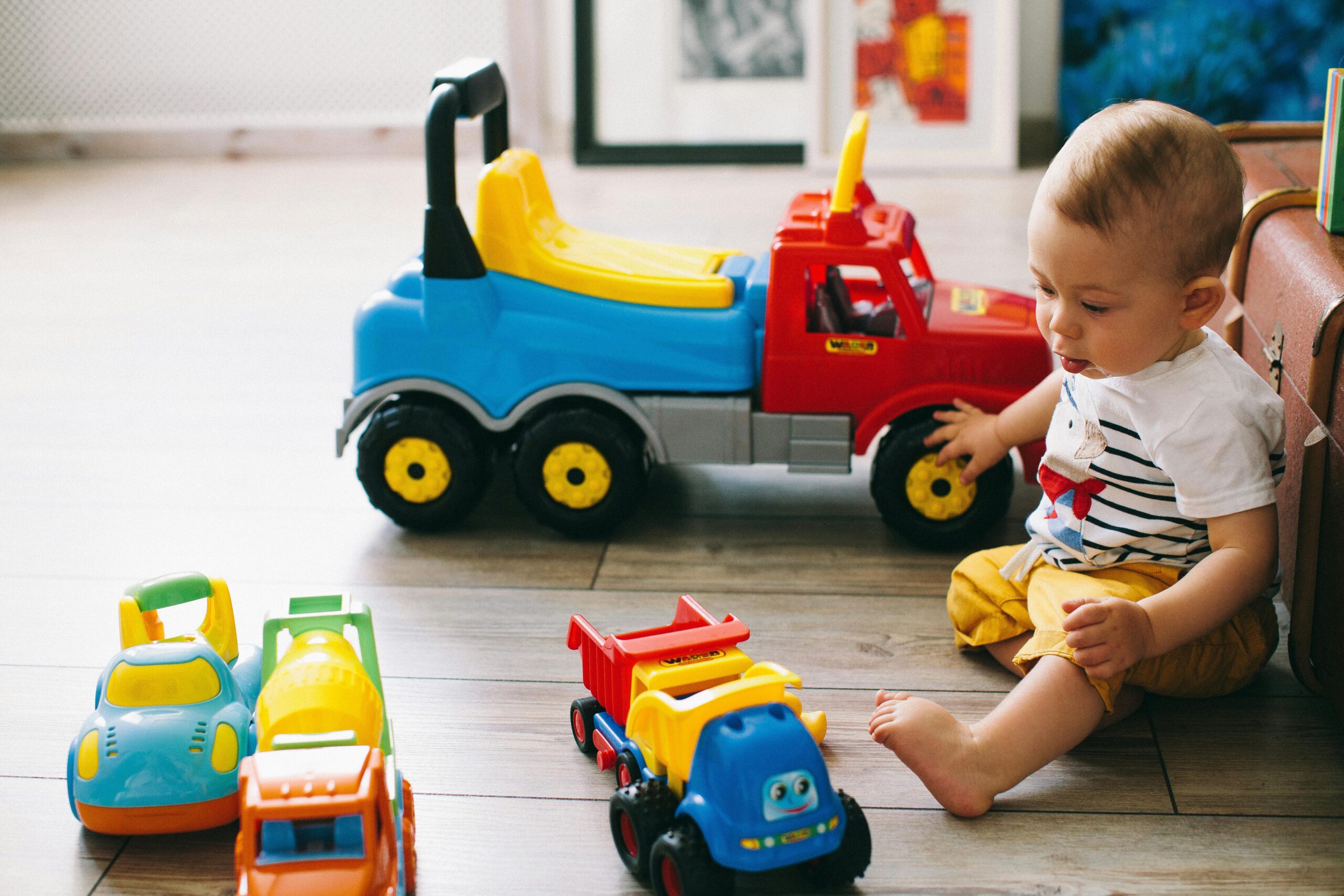
Blog
Safety Tips for Choosing Toys for Different Age Groups

Choosing toys for children can be both fun and challenging. While it’s exciting to find toys that entertain and educate, safety must always be the top priority. Different age groups have varying needs and safety considerations. Here’s a the guide to help you choose the safest toys for kids of all ages.
Infants (0-12 months)
Safety Considerations:
- Choking Hazards: Infants explore the world by putting things in their mouths. Ensure toys do not have small parts that can become choking hazards. Toys should be larger than a baby’s mouth to prevent accidental swallowing.
- Non-toxic Materials: Babies chew on everything, so it’s crucial that their toys are made of non-toxic materials. Look for labels that confirm toys are BPA-free, lead-free, and phthalate-free.
- Soft and Durable: Toys for infants should be soft and free of sharp edges. They should also be durable enough to withstand chewing and banging.

Recommended Toys:
- Soft stuffed animals (without small parts like buttons)
- Teething rings
- Cloth books
- Rattles and shakers
- Activity mats
Toddlers (1-3 years)
Safety Considerations:
- Sturdy Construction: Toddlers are rough with their toys. Choose toys that are well-constructed and can endure being thrown, dropped, and stepped on.
- Avoid Small Parts: Although toddlers are less likely to mouth objects than infants, small parts can still pose choking hazards. Avoid toys with detachable parts or those that could break into small pieces.
- Non-toxic and Washable: Toddlers still explore with their mouths, and their toys get dirty quickly. Choose washable toys made of non-toxic materials.

Recommended Toys:
- Large building blocks
- Push and pull toys
- Shape sorters
- Sturdy picture books
- Large, non-toxic crayons and paper
Preschoolers (3-5 years)
Safety Considerations:
- Age Appropriateness: At this stage, children are developing motor skills and imagination. Choose toys that match their developmental level and encourage creativity and problem-solving.
- Avoid Sharp Edges: Preschoolers are more active and imaginative in their play, so ensure their toys do not have sharp edges or points.
- Supervision Required: Some toys, like art supplies or ride-on toys, may require adult supervision to ensure safe use.

Recommended Toys:
- Art supplies (washable markers, crayons, non-toxic paints)
- Puzzles with large pieces
- Dress-up clothes
- Tricycles or balance bikes (with helmets)
- Interactive storybooks
School-Age Children (6-12 years)
Safety Considerations:
- Complexity and Challenge: School-age children need toys that challenge their minds and encourage social play. Ensure toys are age-appropriate to avoid frustration or safety issues.
- Safety Gear: For outdoor toys like bicycles, skateboards, or sports equipment, always include the necessary safety gear (helmets, pads).
- Supervision for Certain Toys: Items like science kits or model-building sets may require adult supervision to ensure proper and safe usage.

Recommended Toys:
- Board games and card games
- Sports equipment (soccer balls, basketballs, jump ropes)
- Science kits
- Construction sets (like LEGO)
- Craft kits
General Safety Tips for All Ages
- Read Labels: Always read toy labels for age recommendations and safety information.
- Regular Inspection: Frequently inspect toys for damage, such as cracks or broken parts, which could pose hazards.
- Storage: Store toys properly to prevent accidents. Use bins or shelves to keep play areas organized.
- Battery Safety: Ensure battery-operated toys have secure compartments that children cannot open. Be cautious with button batteries as they pose serious health risks if swallowed.
- Toy Recalls: Stay informed about toy recalls by checking with the Consumer Product Safety Commission (CPSC) or similar organizations to ensure the toys you have are safe.
Choosing the right toys for your child involves more than just picking the latest trend. By keeping these safety tips in mind, you can ensure that playtime is not only fun and educational but also safe for children of all ages.
